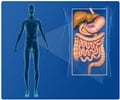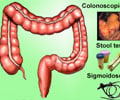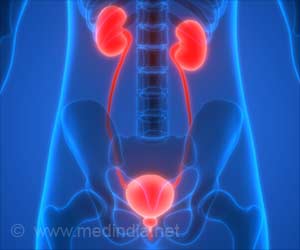The November issue of Gastrointestinal Endoscopy reports a new finding. Researchers at Kyushu University,Japan have found that narrow band imaging (NBI)colonoscopy used in cancer
The November issue of Gastrointestinal Endoscopy reports a new finding. Researchers at Kyushu University,Japan have found that narrow band imaging (NBI)colonoscopy used in cancer surveillance for ulcerative colitis, can identify flat dysplastic lesions.
Narrow band imaging (NBI) is a novel illumination technology for endoscopy characterized by light with wavelengths of narrow bands that improves the visibility of capillaries, veins and other subtle tissue structures by optimizing the absorbance and scattering characteristics of light. It enhances vasculature within and beneath the mucosa, or lining, of the gastrointestinal (GI) tract. Random biopsy has been a recommended procedure for cancer surveillance in patients with ulcerative colitis. Some studies have shown that chromoscopy, a dye spraying technique used with colonoscopy, with targeted biopsy identified dysplastic lesions (cell abnormalities that indicate progression to cancer) more frequently than did conventional colonoscopy in long-standing ulcerative colitis.“Our pilot study indicated that the GI mucosal surface structure pattern classified as tortuous, discerned by NBI colonoscopy with a magnifying instrument, may be a clue for the identification of dysplasia in ulcerative colitis,” said study lead author Takayuki Matsumoto, MD, Kyushu University. “Because NBI colonoscopy is an easily applicable procedure without specific dye, it may be an alternative to magnifying chromoscopy for cancer surveillance in patients with ulcerative colitis. The value of the procedure for surveillance colonoscopy needs to be examined prospectively in a larger number of patients.”
Ulcerative colitis is a chronic (ongoing) disease of the colon, or large intestine. The disease is marked by inflammation and ulceration of the colon mucosa, or innermost lining. Because the inflammation makes the colon empty frequently, symptoms typically include diarrhea (sometimes bloody) and often crampy abdominal pain. According to the Crohn’s and Colitis Foundation of America, approximately half a million people in the United States have ulcerative colitis. Researchers do not know what causes the disease and there is no cure. The goal of treatment is to reduce the inflammatory response. Ulcerative colitis is a risk factor for developing colon cancer.
Patients and Methods
In this pilot study of 46 patients with ulcerative colitis, researchers applied NBI colonoscopy to cancer surveillance to investigate whether flat dysplastic lesions in ulcerative colitis could be identified by the procedure.
Patients, aged 18 to 67 years, who had left-sided colitis or pancolitis for more than seven years and who had clinically inactive disease were recruited for the study. Patients were examined by NBI colonoscopy. A magnifying colonoscope was connected to a prototype NBI system. Researchers first searched for sharply demarcated, protruding lesions under conventional colonoscopy and then changed the mode of observation to NBI colonoscopy.
Advertisement
Results
Advertisement
The tortuous pattern determined by NBI colonoscopy may be a clue for the identification of dysplasia during surveillance for ulcerative colitis.
Source-Eurekalert
KAR/P











